Formula 1 world champion Max Verstappen was at least very competitive in the first grand prix of his title defence.
But the manner of how his Bahrain GP ended – retirement coming so late in the day, while losing to his likely main championship opponent, after a race full of frustrations, and doing his struggling 2021 arch-rival a big favour in the process – added up to a pretty galling package.
Not the worst start to an F1 title defence, though, at least as far as our writers are concerned.
Before we begin our top 10 countdown, two bad starts to title defences have been discounted from the list because they were just so bad they were beyond comparison to all the others.
They’re 1953 world champion Alberto Ascari joining Lancia for 1954, only for its car for F1’s new rules that year not to be ready until the season finale. He was eventually able to make a few mid-season guest appearances with Maserati while waiting, but retired from every single F1 race of his second title defence.
At least he managed a few races. His predecessor as world champion Juan Manuel Fangio broke his neck in a non-championship race at Monza ahead of the 1952 season and had to sit out the entire year.
No-one on the list below had it that tough, but here are 10 still pretty depressing ways to begin your year as world champion.
10 Michael Schumacher 1996
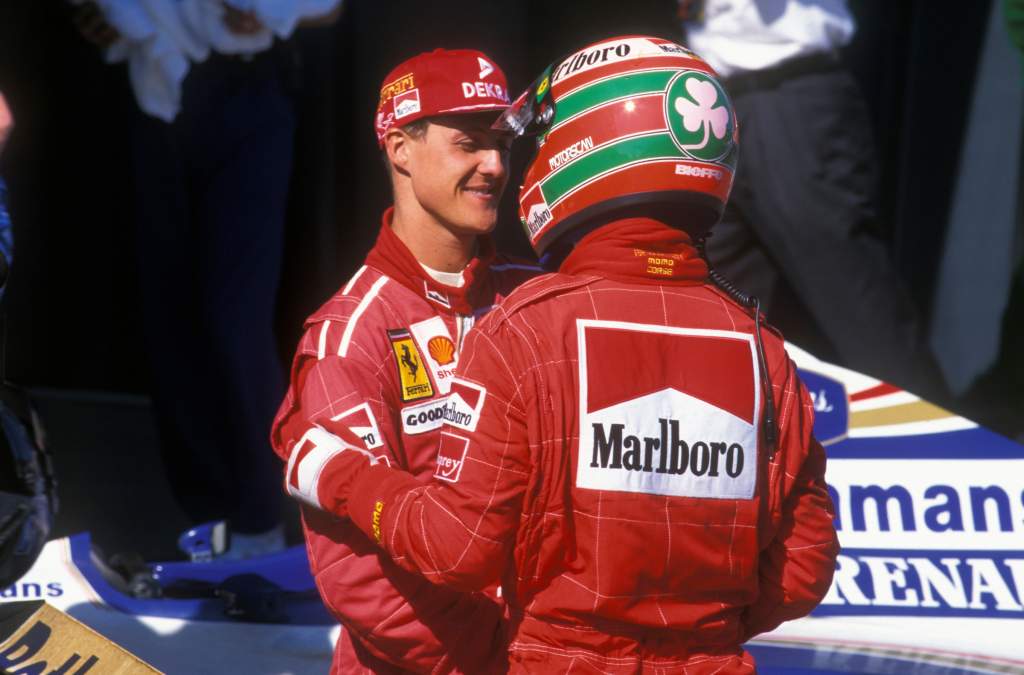
Given Ferrari had only won two races in five years when Michael Schumacher made his big-money arrival there from Benetton, most expected it to be a competitive step backwards.
If anything, a second row start in Melbourne and sticking with the leading Williams at first – albeit on a much lighter fuel load – was better than expected. And a lot better than Benetton managed that weekend without him.
But the other details of the race weren’t great. Schumacher had to qualify in the spare Ferrari, and a gurney flap fell off its rear wing. That led to him being outqualified by his number two, Eddie Irvine. He only just made it past half-distance in the race when his brakes failed. F1’s future of Schumacher/Ferrari dominance was a long way off.
9 Niki Lauda 1985
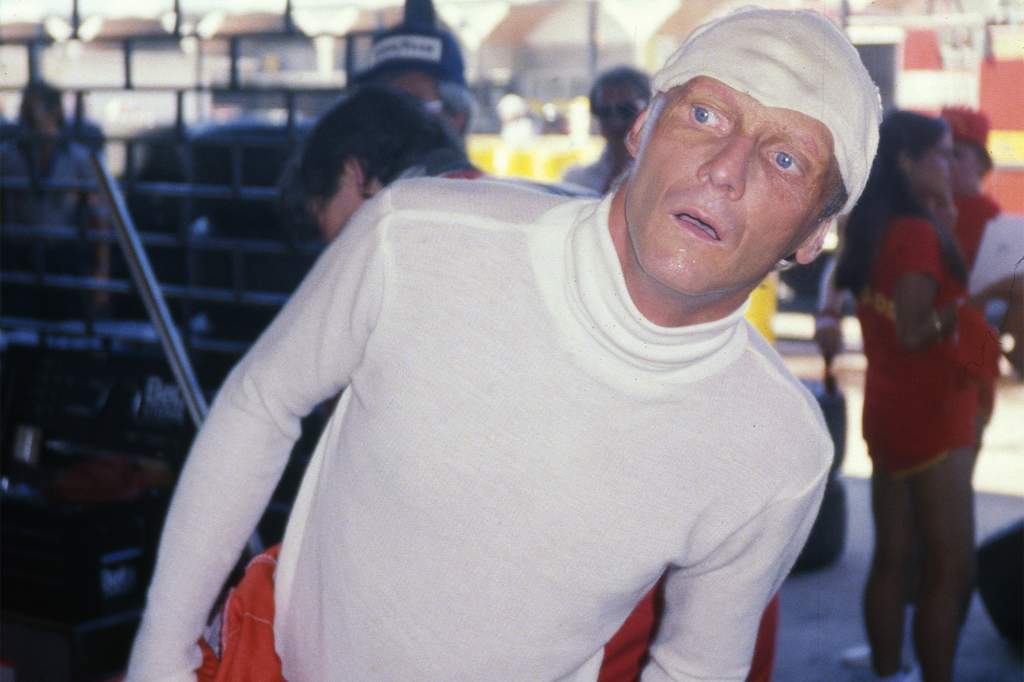
Considering Niki Lauda had spent most of his title-winning 1984 season qualifying in the midfield and then using his racecraft and the McLaren-TAG Porsche’s fuel efficiency to rapidly move forward, ninth on the Rio grid in 1985 wasn’t too alarming.
Sure enough, by lap 23 of 61, Lauda was up to third and challenging Michele Alboreto’s Ferrari ahead. So far, so 1984.
Then it became a precursor to the rest of 1985 instead as an electrical problem in the fuel system consigned Lauda to a three-lap-long pitstop and eventual retirement.
He only finished three races in the whole of what proved to be his final F1 season.
8 Mika Hakkinen 1999 + 2000
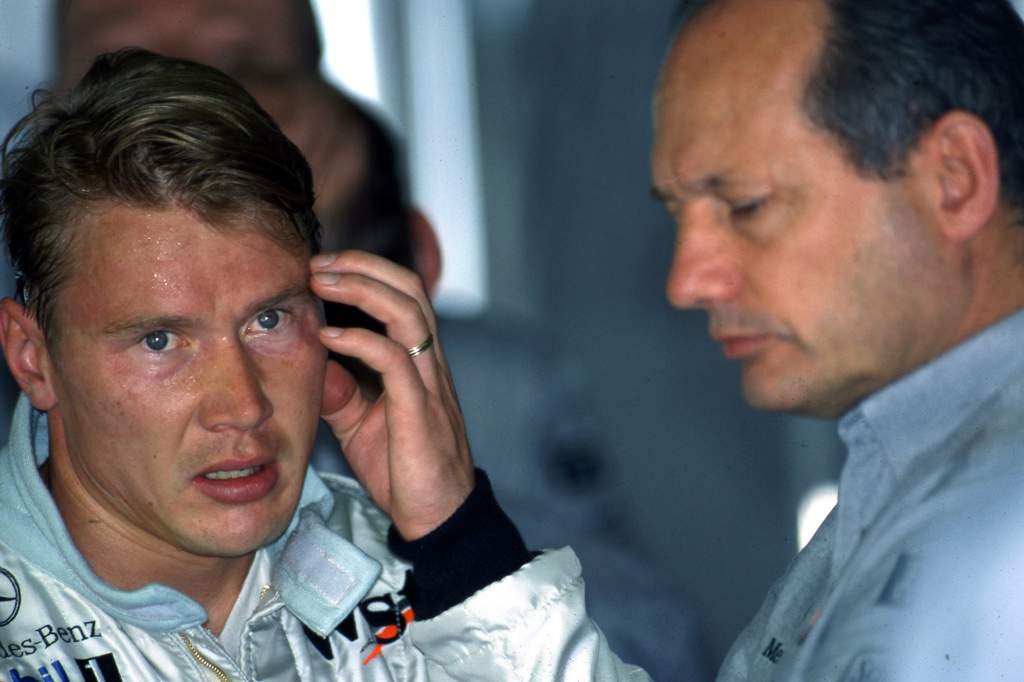
Mika Hakkinen gets a double entry here thanks to starting both his title defences by losing what should’ve been easy Melbourne wins to technical problems.
An engine failure while 3s clear of pursuer Schumacher in 2000 was bad but perhaps not quite as bad as the 1999 mix of being on pole by nearly half a second, struggling to get away for the parade lap, then pulling (along with McLaren team-mate David Coulthard) nearly 20s clear of the field in just 12 laps, only for a throttle problem to set in at a safety car restart.
Hakkinen’s failure to get going at the green flag led to the bizarre sight of the rest of the field inching along behind the crawling McLaren, waiting until the startline to be confident of passing just in case Hakkinen was trying some weird last-minute restart technique. And then everyone swept past him like he was standing still.
He did at least still win the 1999 title. But the Melbourne 1999/2000 problems summed up the biggest reason why despite the Hakkinen/McLaren-Mercedes combination being clearly the fastest thing on the F1 grid for most of 1998-2000, both his titles were only resolved in nerve-racking last-round deciders against Ferrari drivers and his second championship defence ended up in defeat.
7 Jody Scheckter 1980

By the standards of what was to follow, the start of Jody Scheckter’s 1980 season wasn’t actually that bad.
He was at least running third at Buenos Aires when his Ferrari retired with a late engine failure. It was the fact he’d qualified two seconds off the pace in 11th that was the bigger sign of what was to come.
Inadvertently copying Lotus’s 1979 precedent of following up a commanding title-winning season with a disastrously underwhelming one, Ferrari tumbled backwards in 1980. Reigning champion Scheckter scored only two points all season and gladly retired at the end of it.
6 Ayrton Senna 1989
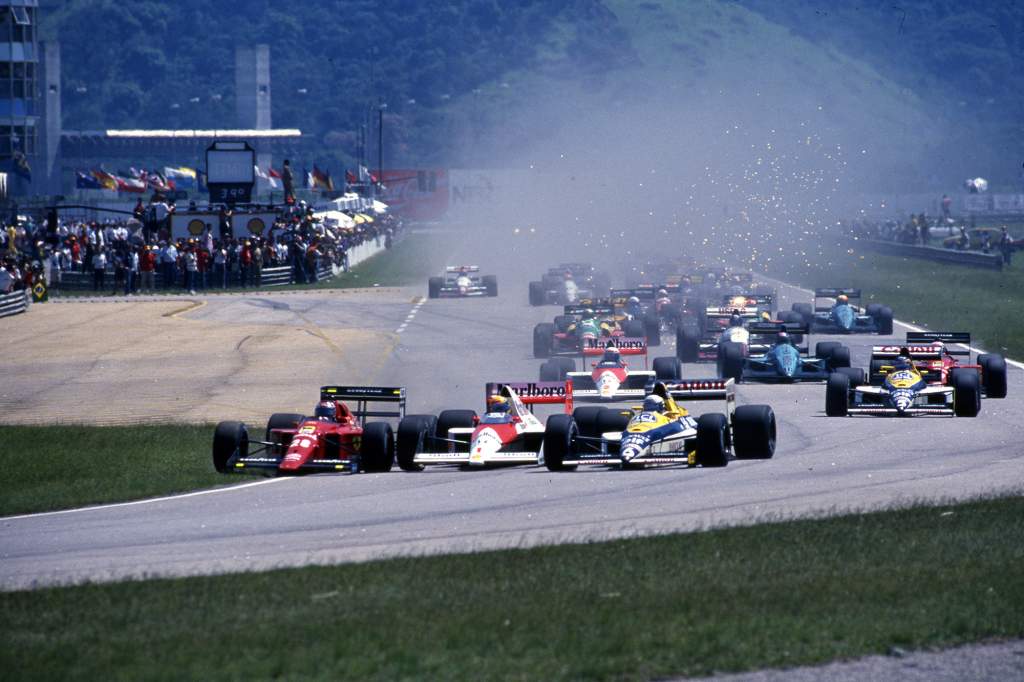
After McLaren’s epic 15 wins from 16 races 1988 season, the idea of anyone else winning the 1989 opener seemed pretty ludicrous.
That Nigel Mansell’s Ferrari did was due in large part to Ayrton Senna making a slightly slow start from a dominant Rio pole and then getting sandwiched between Gerhard Berger’s Ferrari and Riccardo Patrese’s Williams at the first corner.
The resultant pitstop for repairs was so long that Senna used the rest of the race as a test, stopping four times on the way to a twice-lapped 11th place that was emphatically not what his home fans were there to see.
His 1989 season got better, but incidents like Rio and a host of reliability problems leaves it as the ‘one that got away’ in what could so easily have been a run of four straight titles from 1988-1991.
5 Nelson Piquet 1984
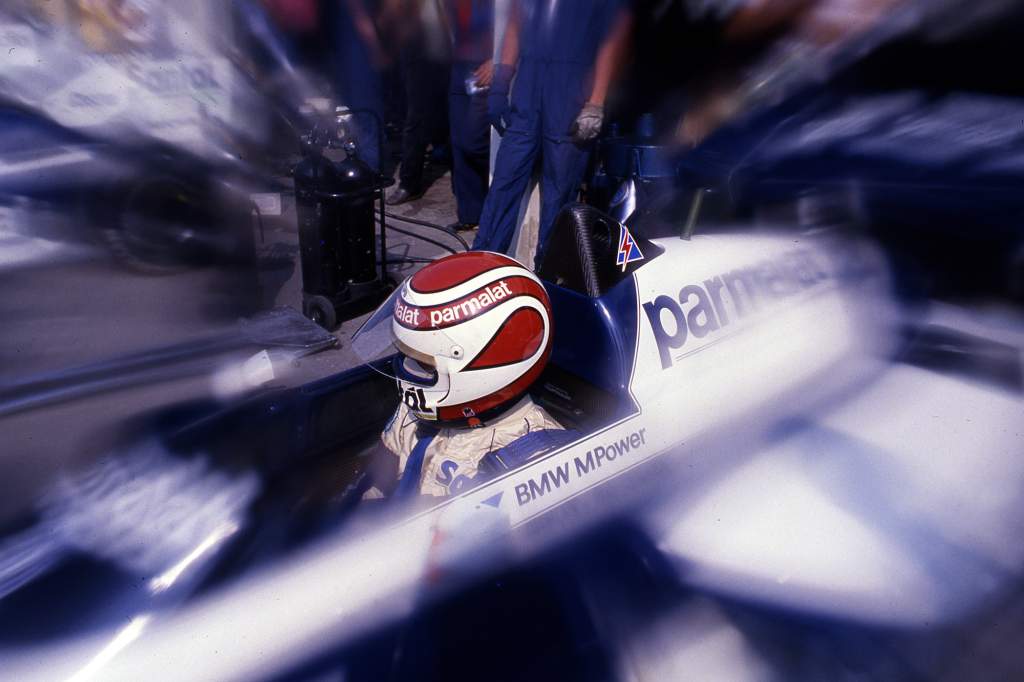
Brabham followed up its late charge to the 1983 title with an even more powerful BMW-engined concept for 1984 but was no match for the McLaren-TAG Porsches as F1 moved into its fuel economy era.
Reigning champion Nelson Piquet only qualified seventh for his home race at Rio, and then failed to get away at the start and had to be push-started off the grid.
He recovered impressively to seventh before the tone for his season was really set when his engine failed.
It would be the Canadian GP three months later in June before Piquet even managed to finish a race that year. He won that one, and the following race in Detroit, but the title fight had moved on without him.
4 Michael Schumacher 2005

Banning mid-race tyre changes for 2005 did what miscellaneous other rule and format tweaks plus half a decade of effort by Ferrari’s rivals hadn’t: ending the string of Schumacher/Ferrari titles.
Its tyre supplier Bridgestone’s philosophy was ill-suited to a relatively late-notice change to long-life tyres and Michelin runners Fernando Alonso/Renault and Kimi Raikkonen/McLaren fought for the title instead.
After winning 13 times in 2004 – his most crushingly dominant season – Schumacher’s only 2005 triumph came in the pathetic six-car United States GP.
But the misery of Melbourne 2005 had very little to do with the tyre rules change. Schumacher’s slot for the Friday episode of the short-lived aggregate qualifying system coincided with a massive downpour. Doomed to a back-of-grid start whatever, he sat out second qualifying and took a fresh engine.
On race day he only got up to eighth before being harpooned into retirement by Nick Heidfeld’s out of control Williams. Heidfeld argued that he was only out of control because he’d had to lurch onto the green approaching Turn 3 when Schumacher swerved across on him, which was not an unreasonable point.
3 Sebastian Vettel 2014
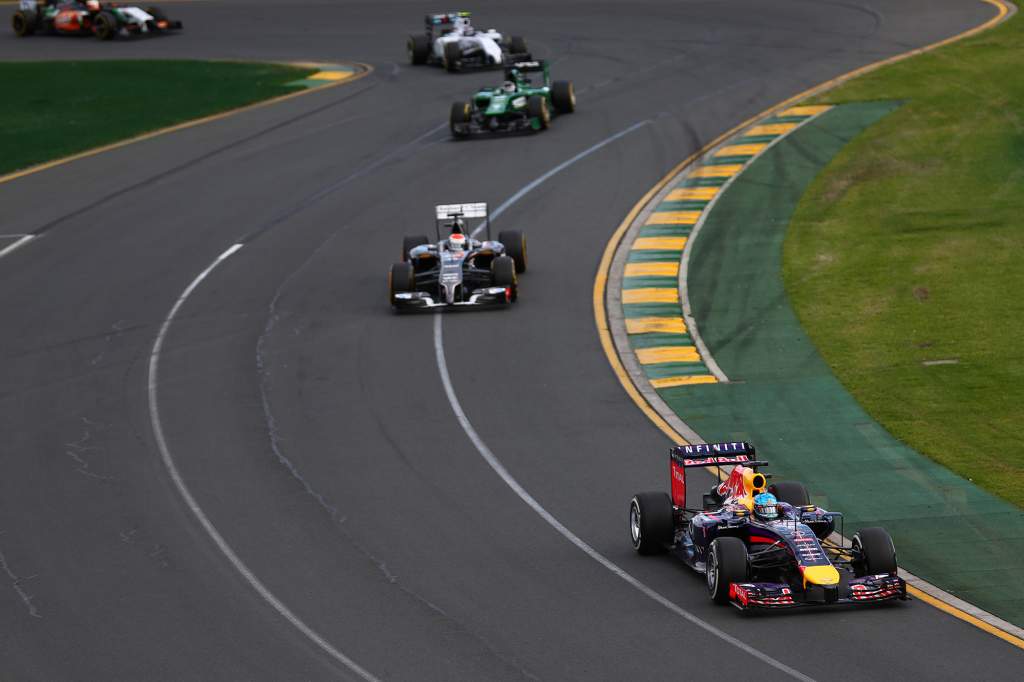
Red Bull-Renault and Sebastian Vettel were unstoppable across 2010-13.
Then the hybrid engine rules arrived for 2014, and they were very firmly stopped.
Mercedes wasn’t just faster and better prepared for the new era. It was spectacularly so.
Vettel wasn’t a fan of the new cars and their sound, and he and Red Bull really, really weren’t fans of Renault across a pre-season of endless reliability problems.
In Melbourne he was grappling with power loss from final practice onwards, leading to him qualifying only 13th and retiring just three laps into the race.
He really needn’t have bothered going to Australia. By the end of 2014, the partnership that had dominated 2010-13 was breaking up and Vettel was Ferrari-bound after failing to win at all in his last Red Bull season.
2 Lewis Hamilton 2009
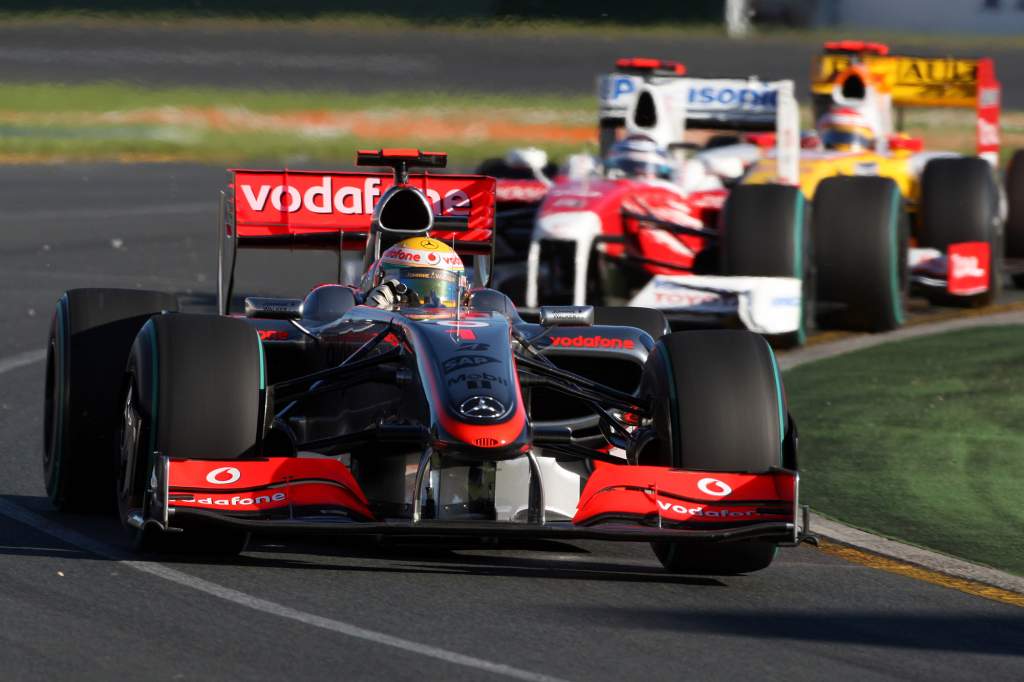
A bit of a rollercoaster, this one. McLaren and Ferrari famously underestimated the 2009 aero rule changes as they pushed on with their epic 2008 title fight and were dramatically usurped by a group of teams that had sacrificed 2008 to focus on the new rules – some of them discovering the game-changing double diffuser loophole in the process.
A gearbox failure in Q1 meant Lewis Hamilton didn’t even get chance to find out how far off the pace McLaren was in Australian GP qualifying.
Charging from 18th on the grid to third appeared to be redemption. Then three days later it emerged that Hamilton and McLaren team manager Dave Ryan had lied to the stewards about Jarno Trulli repassing Hamilton under a safety car.
Trulli had been off the road during the caution, but McLaren instructed Hamilton to let him back past anyway. Hamilton and Ryan then denied doing so to the stewards, who gave Trulli a 25s penalty for passing under the safety car.
That was duly cancelled, Hamilton had his Melbourne podium taken away, and team veteran Ryan lost his McLaren job, in what became a major scandal in the media and soured opinions of Hamilton just as he was beginning his first title defence.
McLaren did manage to find enough form for Hamilton to win races by the summer. But he never took another championship with the team.
1 Damon Hill 1997
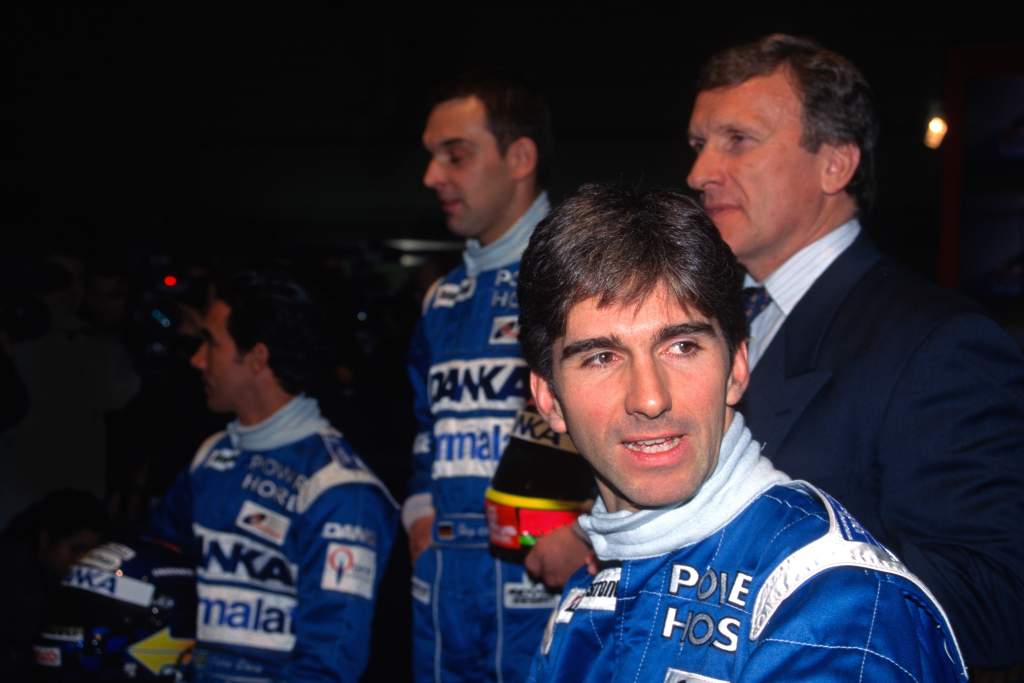
Putting his faith in Tom Walkinshaw’s attempt to make Arrows an F1 frontrunner was a bold choice by Damon Hill after Williams released him just before he won the 1996 world championship with it.
For all its big future ambitions, Arrows had spent 1996 barely defeating Minardi in a battle just to avoid being last.
But it never looked as incompetent in 1996 as it did in the 1997 opener.
“I didn’t expect Arrows to be as bad as it was,” Hill admitted in his autobiography.
“At the first race the car was almost a non-runner.
“When John Barnard came in, he said, ‘The first thing we’ve got to do is make the car safe’, which was disconcerting and reassuring at the same time.
“We may have had number 1 on the car at the first race but it was certainly not a number 1 car – we could hardly get it out of the garage.”
The result was an “ignominious and humiliating” 20th on the grid, 5.4s off the pace after a battle to get an ill-handling car within the 107% qualifying time cut-off.
And then a throttle problem meant he didn’t even manage to start the race. Though perhaps that was a relief.




